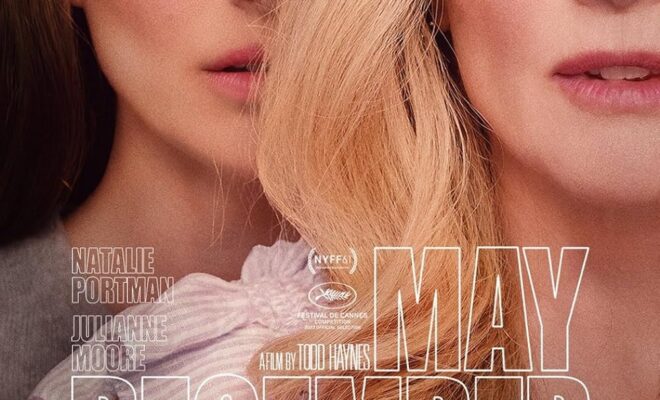Classic album covers: Candy-O – The Cars

Every now and then, an album cover transcends its role and becomes a cultural icon, often overshadowing the music it represents. Such is the case with the beauty gracing the front of The Cars’ second album, Candy-O, released in June 1979

Sometimes, a mere photograph just won’t cut it. Thankfully, we have the services of legendary cheesecake artist Alberto Vargas. When The Cars were producing their sophomore album, their management realised that the dudes in the band quite frankly had faces for radio, especially frontman Ric Ocasek. Drummer David Robinson was also the band’s artistic director. He was a great fan of the famous pin-up posters drawn by Alberto Vargas; when it came time to design the cover for the band’s Candy-O album, Robinson contacted the 83-year-old artist and convinced him to come out of retirement. As it turned out, Vargas’ great-niece was a big Cars fan, and she urged him to agree to the project
The Peruvian artist started designing posters for the Ziegfeld Follies and Hollywood movies, then made his name, creating iconic WWII-era pin-up girls for Esquire magazine. He was eighty-two when Cars drummer David Robinson coaxed him out of retirement for one last painting. The artist expressed no interest in the job until being introduced to dancer Nancy Beth – her classic proportions inspired the fire of lust in the aged Peruvian airbrush master, and he agreed to paint the cover image of the comely redhead reclining over a loosely-sketched automobile. This artistic inspiration was the driving force behind the creation of the iconic Candy-O cover. Esquire magazine. He was eighty-two when Cars drummer David Robinson coaxed him out of retirement for one last painting. The artist expressed no interest in the job until being introduced to dancer Nancy Beth – her classic proportions inspired the fire of lust in the aged Peruvian airbrush master, and he agreed to paint the image of the comely redhead reclining over a loosely-sketched automobile
For Candy-O, the aged Vargas said he needed a photo to use as a guide. It was to be one of his final cheesecake projects, after all, and he wanted it to be reminiscent of – and indeed on a par with – his wartime output. So The Cars’ Robinson booked a session at a Ferrari dealership in Beverly Hills. Nancy Beth posed on the hood of a 1972 365 GTC/4 Ferrari. At the last minute, Beth had second thoughts about appearing semi-nude in record stores, so another statuesque model, Candy Moore, stepped in and loaned her face to the mix. Candy Moore, who appeared in the 1981 movie Lunch Wagon, is often confused with an actress of the same name who was a child star of The Lucy Show. This case of incorrect identity is pervasive throughout the Internet, with the Lucy Show actress often linked to and credited with the work of the model found on the Cars album. The Candy Moore from the cover of the Candy-O album can also be found wearing a red shirt on the cover of Rick James’ album Street Songs. Other shots of the model during the Candy-O cover shoot can be found in this interview with Robinson
The resulting cover was completely hand-drawn, with no airbrushing, but Elektra execs did insist on a do-over after the first drawing was submitted. They wanted the model to be less anatomically detailed, which is why the girl on the cover appears to have been born without nipples and pubic hair!
At the time of the album’s release in ’79, Vargas’ design was criticised as being sexist by bearded women standing outside Greenham Common airbase. Today, it just looks teasing and stylish. Robinson laughs: “Maybe it is [sexist], I don’t know.” To prepare himself for the Candy-O project, Vargas visited a Cars gig in Los Angeles. “He didn’t really like our music – he was an old guy at the time,” says Robinson. “But he saw beautiful girls all over the place. He liked that very much.” Vargas died in California three years after the release of Candy-O, aged 87
Leave a reply
You must be logged in to post a comment.







